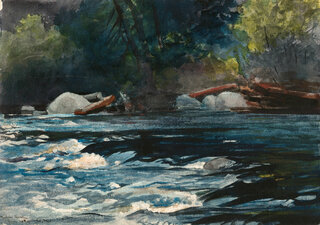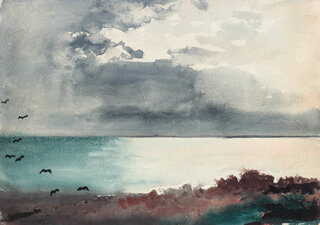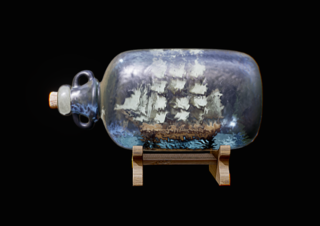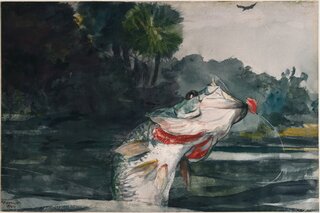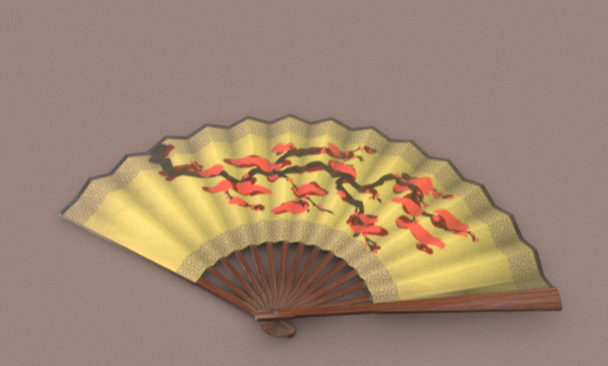
There were many kinds of fans in ancient China.[3] The Chinese character for "fan" (扇) is etymologically composed of the characters for "door" (戶) and "feather" (羽). Historically, fans have played an important aspect in the life of the Chinese people.[4] The Chinese have used hand-held fans as a way to relief themselves during hot days since the ancient times; the fans are also an embodiment of the wisdom of Chinese culture and art.[5] They were also used for ceremonial and ritual purposes[6] and as a sartorial accessory when wearing hanfu.[4] They were also carriers of Chinese traditional arts and literature and were representative of its user's personal aesthetic sense and their social status.[6] Specific concepts of status and gender were associated with types of fans in Chinese history, but generally folding fans were reserved for males while rigid fans were for females.

